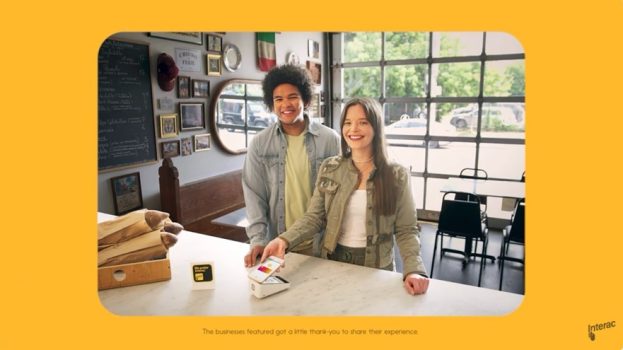By Sandy Fleischer and Kaiti Snell
Blockchain comes to advertising
Bitcoin is the tech grabbing the most headlines these days, but what the hype often obscures is that Bitcoin itself is powered by blockchain, and that is what will change the way we market in a big way.
Think of blockchain as a digital leger that lives across multiple devices and is extremely hard to hack. Companies from finance to medicine to retail are beginning to realize that this may have profound effects for their industries, and digital marketing is no different.
Ad tech has created a whole host of players between consumers and content in the digital advertising space. We’ve got ad servers, exchanges, networks, SSPs, DSPs, RTBs and DMPs, and each player in the chain takes a cut. By one count, for every $1 an advertiser spends on digital, they get about $.44 of value. In addition to lowering costs by removing some of those players, blockchain also promises to decrease fraud – which is currently estimated at $7.2 billion a year – by ensuring transparency and putting brands in touch with the people they want to reach in an accountable and secure fashion.
As a decentralized digital ledger, blockchain can cut out the middlemen instantly helping brand’s advertising spend when it comes to the buy. And with a focus on digital security, it ultimately provides brands with an opportunity to have a direct and trusted relationship with the consumer.
Digital assistants continue to grow
U.S. penetration of digital assistants like Alexa and Google Assistant grew one percent per month in the first half of 2017. This growth trajectory matches perfectly with smartphone and tablet penetration growth after their release, and those devices are now owned by more than half of all adults. Digital assistants may achieve that level of scale by the end of the decade, especially when you consider the desire for multiple assistants for multiple rooms and ancillary devices like smart earbuds.
Digital Assistants provide another digital platform capable of reaching people in their homes, but in a way that connects to other parts of the digital ecosystem such as eCommerce and connected home devices to provide more of a service. As 2018 rolls in, we expect to see brands experiment with digital assistants – be it with gimmicks like Burger King or with more tactical approaches like Amazon Skills, Google Actions and voice-only deals on Amazon for Echo users.
Social or Media, but not both
We’re not actually that social in social media anymore. According to Mintel’s 2017 US Digital Trends Report, uses of online platforms for regular peer-to-peer communication is decreasing. In the past year, 28% fewer adults maintain personal blogs or websites on a daily basis, 34% fewer write online reviews and 22% fewer adults use instant messaging apps.
But overall time spent on social platforms has increased as more media and entertainment content makes its way into our newsfeeds. The big social platforms (Facebook, Instagram, YouTube, Twitter) favour entertainment content over social sharing because it keeps our attention longer and provides more value for advertisers. New Facebook features like 360, Live, and Watch are more “media” than “social.”
Users are responding in two ways. First, they want better entertainment experiences in their newsfeeds – there was 50% growth in interest in streaming media and VR headsets from January to June. Second, they want spaces separate from those where they can socialize with friends online.
The next year will see big changes at these social platforms. Snapchat has announced plans to separate social spaces from media spaces on the platform. Instagram is testing a stand-alone messaging app and Facebook launched a secondary newsfeed called “Explore” that effectively splits the social feed from the media and advertising feed.
These big changes come just as advertisers were getting cozy with social media, so 2018 will be a year to step back from the comfort of convention and “social best practices” to reconsider how the platforms function, how different audiences use functionalities differently and how brands can better behave in the space.
Sandy Fleischer is managing partner and Kaiti Snell is a senior planner at Pound & Grain.
























